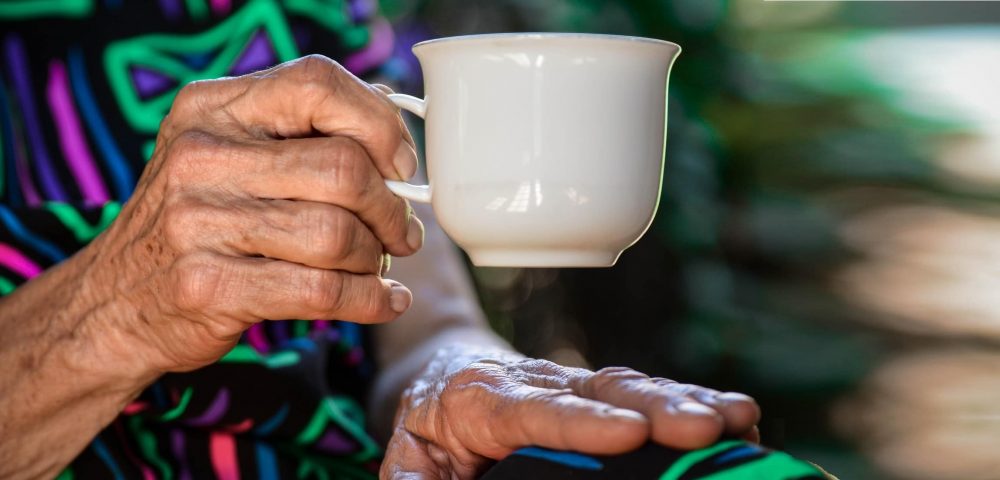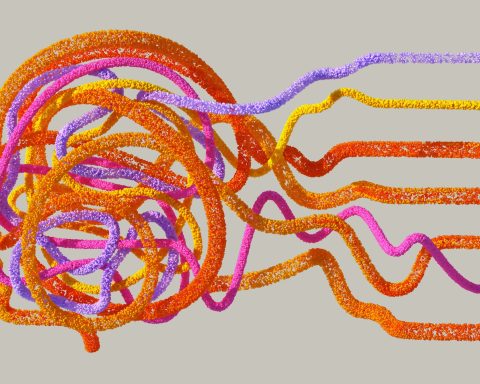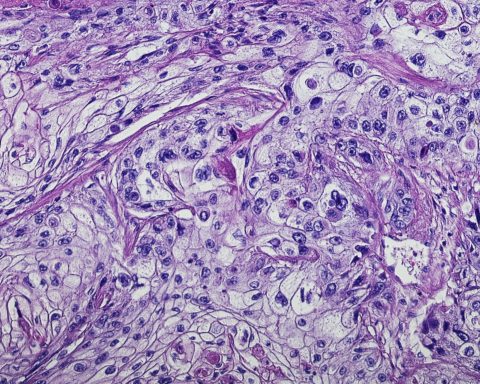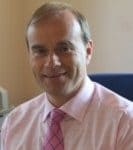
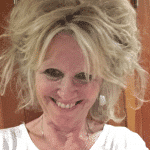 John Havard (left) is a GP in Suffolk. He is keen on innovation and previously won a HSJ Award. He is currently developing a new urinary catheter to replace the Foley that was designed in 1937.
John Havard (left) is a GP in Suffolk. He is keen on innovation and previously won a HSJ Award. He is currently developing a new urinary catheter to replace the Foley that was designed in 1937.
Suzan Robinson Southey (right) is a Consultant Advanced Nurse Care Practitioner, an Advanced Clinical Practitioner in Emergency and Urgent Out of Hours Care, and a Clinical Doctorate Student.
The dark cloud of COVID has poured sadness and chaos over Primary Care but it also has a silver lining. It has taught GPs just how much care can safely be delivered over the telephone and video link. We were about to launch a ‘Doctor First’ triage system pre COVID which would have meant a phone call with the GP and not an immediate appointment allocation. The was some trepidation about this step and accordingly much public consultation was planned. However after COVID arrived we were pushing against an open door. Another bonus is that it has identified the key roles of Care Homes and Carers within our communities which were hitherto unrecognised.
[COVID] has taught GPs just how much care can safely be delivered over the telephone and video link.
The NHS is building on both video communication and Care Home integration with the introduction of regular video ward rounds for all Care Home patients. This sounds sensible but how safe is it particularly in elderly patients with dementia?
We thought about starting every video consultation with a set of physical observations which would provide an objective start to a frequently subjective interview. One validated system is NEWS2 which is hardly used in Primary Care at all and yet is standard in the Ambulance Service and A&E. A quick literature search turned up some extensive Care Home NEWS2 scoring in a Newcastle study by Russell et al. 2424 patients were assessed from 46 Care Homes over 30 months. Interesting data was produced but systolic blood pressure readings, respiratory rate and alertness were both time consuming with some inherent observer unreliability. The work suggested that Respiratory rate, sPO2 and Temperature (RST) were the most useful predictive parameters of the six NEWS2 clinical observations and we have found a way to record these simply using a special pulse oximeter that calculates respiratory rate.
Respiratory rate, sPO2 and Temperature (RST) were the most useful predictive parameters…
This is not a widely recognised key parameter and usually pulse rate and BP are considered more important. However, a small change in a patient’s normal RR of as little as 3-5 breaths/min could be an early sign of deterioration (Dougherty and Lister, 2015). Respiratory monitoring should always be part of patient assessment, and those whose RR is outside of the normal range should be closely monitored with frequent observation and recording of vital signs. Pulse oximetry measures oxygen saturation while RR measures ventilation. During early stages of deterioration patients’ SpO2 may appear to be in the normal range, but the RR will increase in response to inadequate oxygenation (Mok et al, 2015). This explains why RR is a crucial observation.
Respiratory monitoring should always be part of patient assessment.
The appeal for us about NEWSflash is that it is quick and easy for unskilled care workers to do and so has the potential for every patient to have it recorded at least daily. It is particularly attractive because it only requires two pieces of cheap kit and, if predictability is proven, then it would be simple to adopt throughout the land. It is a simple screening tool that, if abnormal, can lead to both NEWS2 and a more formal clinical assessment. It would be good to think that simplified Care Home obs could be recorded twice a day as a routine just like other physiological obs are recorded routinely in hospital.
Our (as yet unproven) hope is that deteriorating NEWSflash scores will lead to prompt assessment and treatment leading to less admissions and enhanced quality outcomes. Furthermore, we hope that Care Home staff will feel more empowered to look after their residents more effectively and independently using the NEWSflash tool. Relatives will also feel more confident that a close eye is being kept on their loved one’s health. We are developing a questionnaire to assess this.
Featured photo by Claudia van Zyl on Unsplash

